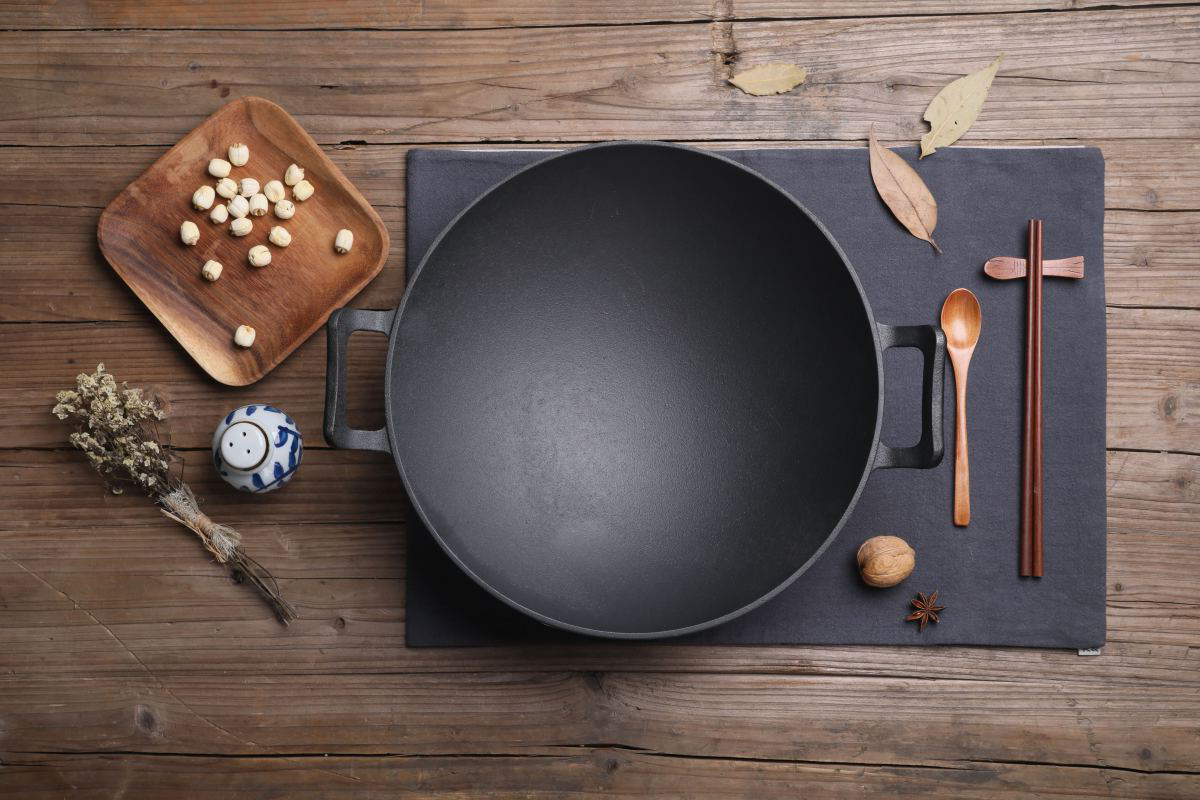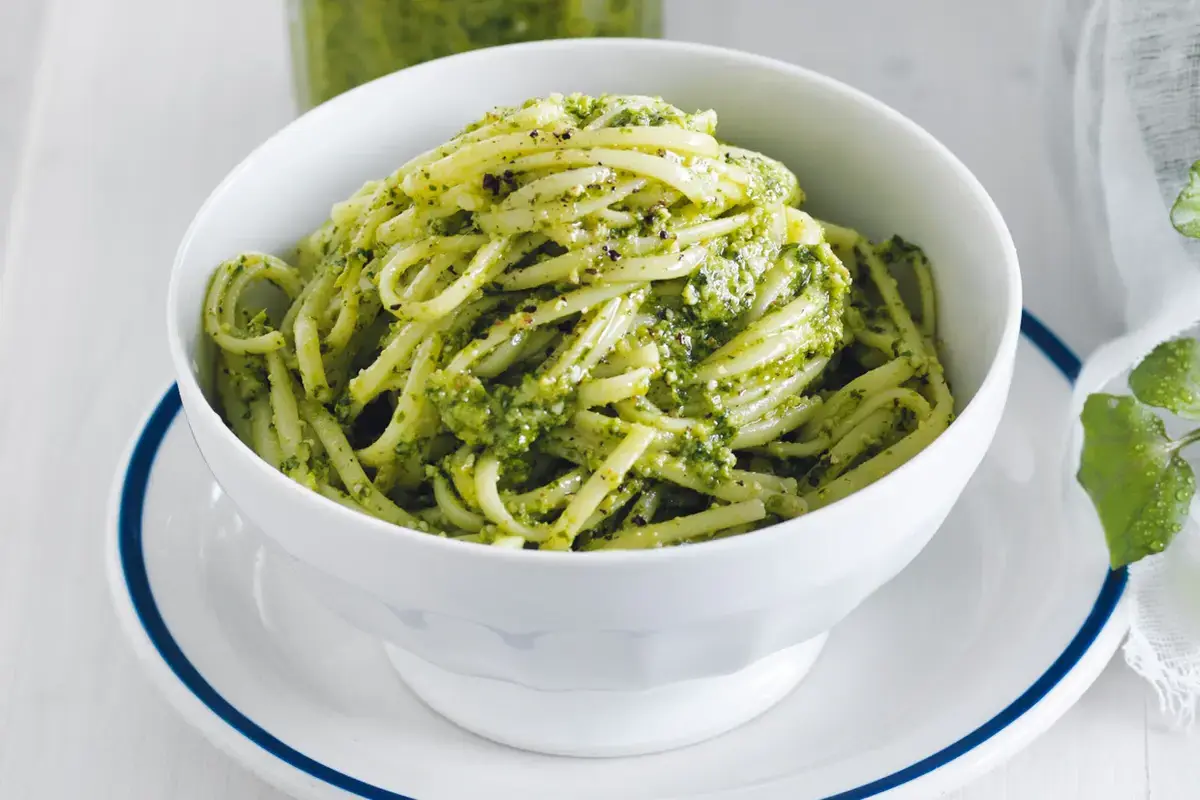Discovering the Delightful Flavor of Sumac Spice
Are you looking to add a new and exciting flavor to your culinary creations? Look no further than sumac spice! This vibrant and tangy spice is a staple in Middle Eastern and Mediterranean cuisine, and it’s gaining popularity around the world for its unique taste and versatility. Let’s delve into the world of sumac spice and explore what makes it so special.
What is Sumac Spice?
Sumac spice is derived from the berries of the sumac plant, which is native to the Middle East and parts of the Mediterranean. The berries are dried and ground into a coarse powder, resulting in a deep red spice with a tangy, lemony flavor profile. This distinctive taste makes sumac a popular ingredient in a wide range of dishes, from meats and salads to dips and marinades.
Flavor Profile
The flavor of sumac spice can be described as tart, tangy, and slightly fruity, with hints of citrus. It adds a bright and zesty kick to dishes, making it a versatile and flavorful addition to any recipe. Whether used as a seasoning for grilled meats, a topping for hummus, or a garnish for salads, sumac spice brings a delightful burst of flavor to the table.
Health Benefits
Besides its delicious taste, sumac spice also offers a range of health benefits. It is rich in antioxidants, which can help protect the body from oxidative stress and inflammation. Additionally, sumac has been used in traditional medicine for its potential anti-inflammatory and antimicrobial properties. Including sumac spice in your diet can be a flavorful way to boost your overall health.
Ways to Use Sumac Spice
There are countless ways to incorporate sumac spice into your cooking. Here are some popular ideas to get you started:
- Sprinkle sumac over grilled meats, such as chicken or lamb, for a tangy flavor boost.
- Stir sumac into yogurt or sour cream to create a zesty dip for vegetables or pita chips.
- Add a pinch of sumac to salads for a pop of color and citrusy flavor.
- Use sumac as a seasoning for roasted vegetables, such as cauliflower or potatoes, to elevate their taste.
- Mix sumac into marinades or dressings to infuse dishes with its unique tanginess.
Where to Buy Sumac Spice
If you’re eager to start experimenting with sumac spice in your own kitchen, you’ll be pleased to know that it’s readily available at many grocery stores, specialty food shops, and online retailers. Look for high-quality sumac spice from reputable brands to ensure the best flavor and freshness.
In Conclusion
Sumac spice is a delightful and versatile ingredient that can elevate your culinary creations with its tangy and citrusy flavor. Whether you’re a seasoned chef or a home cook looking to spice things up, adding sumac to your pantry is a fantastic way to explore new flavors and expand your cooking repertoire. So, why not give sumac spice a try and embark on a flavorful culinary adventure?
With its vibrant taste and potential health benefits, sumac spice is a must-have for anyone who loves to experiment with bold and exciting flavors in the kitchen.
Was this page helpful?
Read Next: What Is A Semifreddo Dessert?











